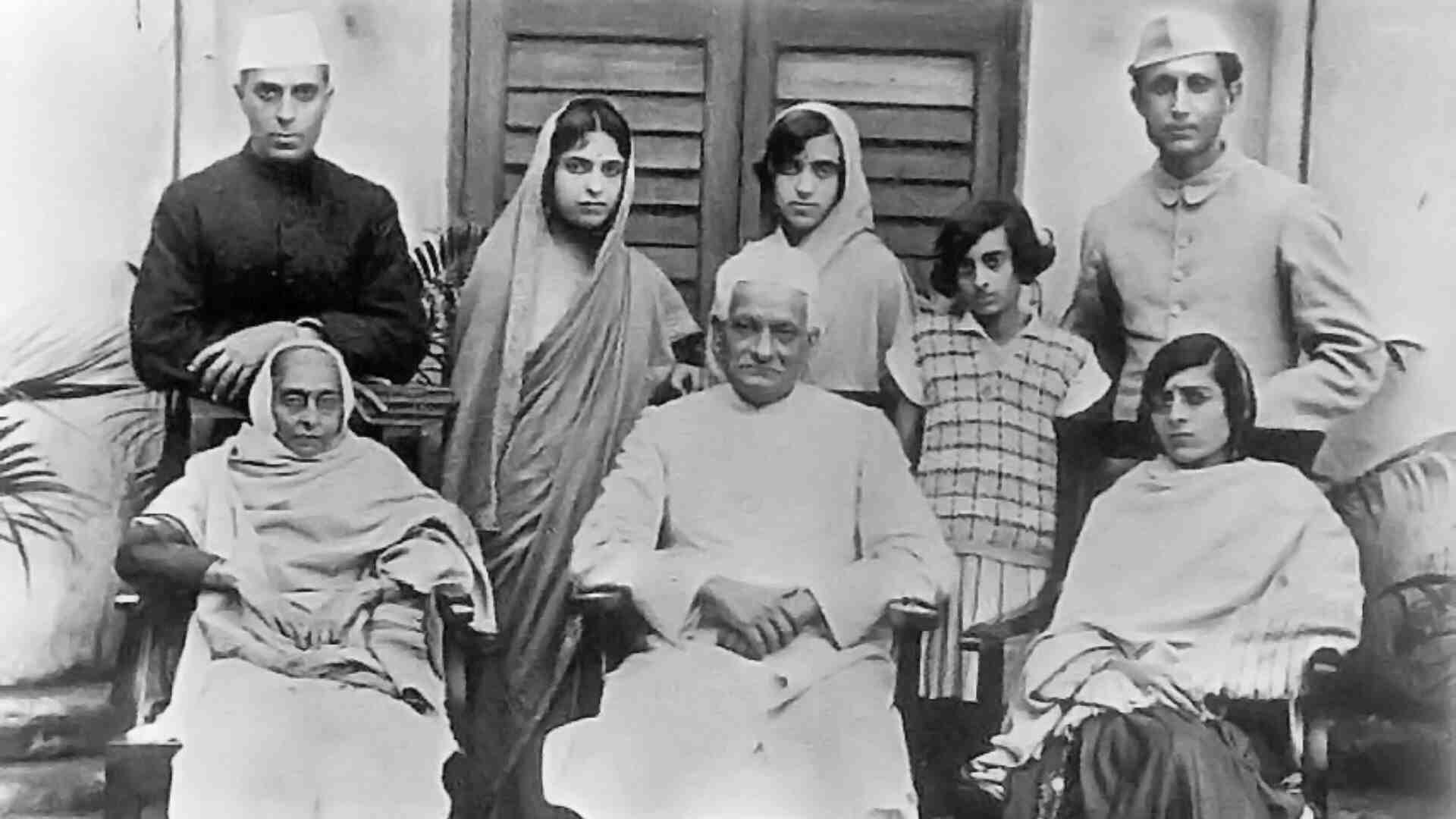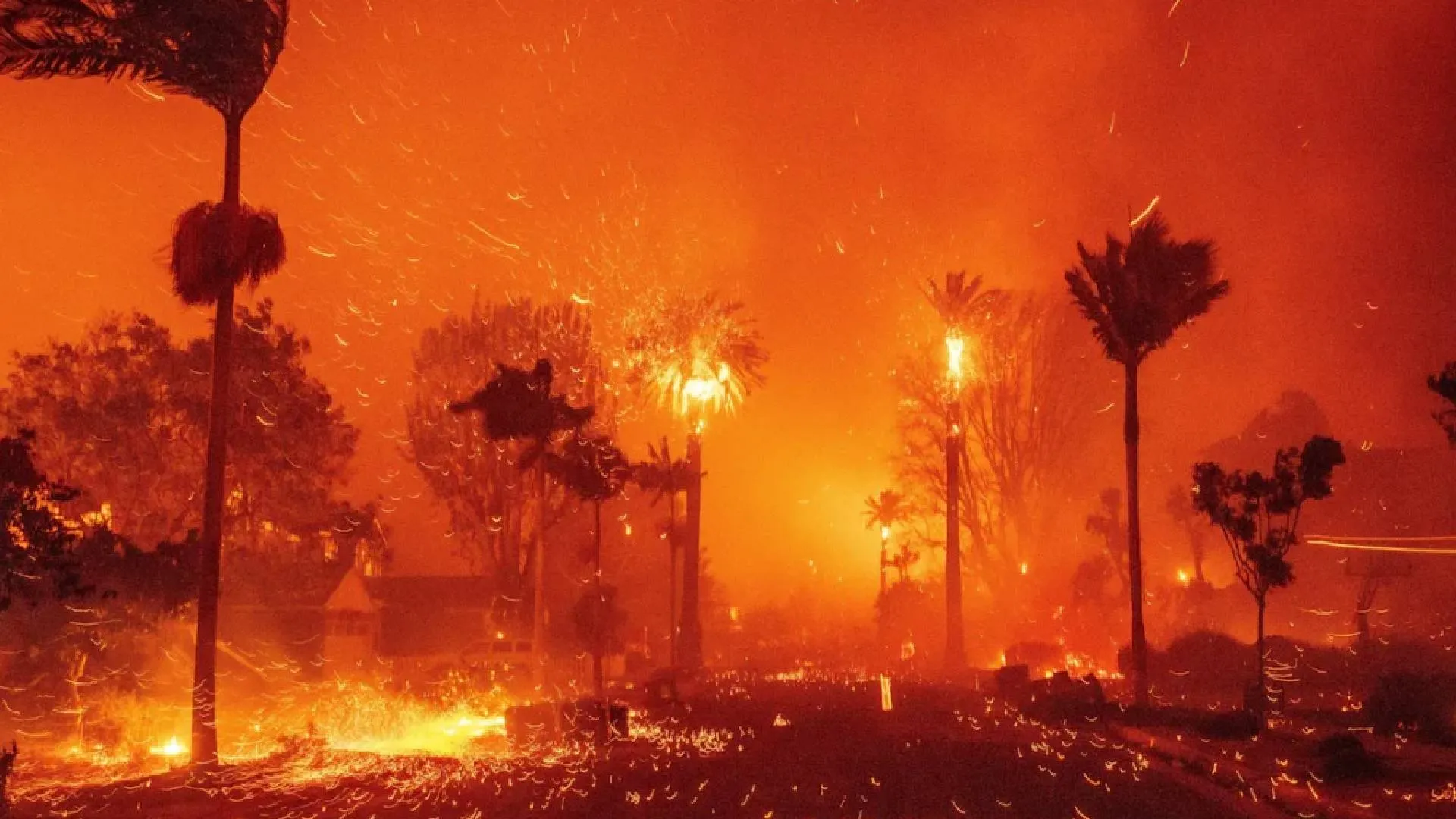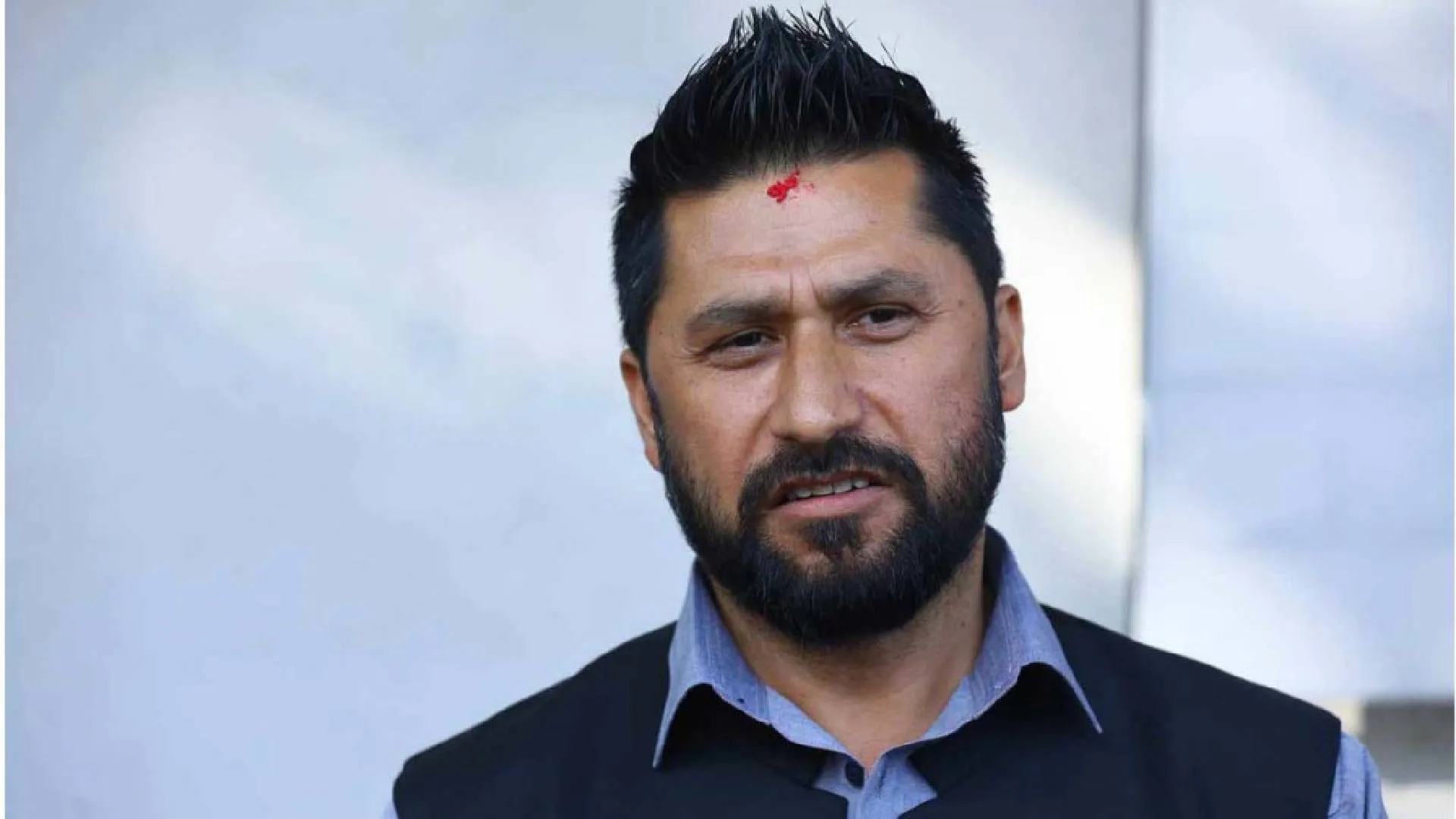The history of plane crashes is a testament to the complexities of human innovation and the enduring quest for safety and progress. While accidents have tragically claimed lives and tested our resolve, they have also inspired resilience, innovation, and collaboration across the aviation industry and beyond.
The first fatal airplane crash in history occurred on September 17, 1908, involving the Wright Military Flyer, a type of aircraft designed and built by the Wright brothers, Orville and Wilbur. The crash took place at Fort Myer, Virginia, USA, during a demonstration flight for the United States Army Signal Corps.
After that several aeroplane were crashed and some them also claimed lives. Today, we are going to present a historical data on such incidents/accidents. Providing a comprehensive list of fatal plane crashes around the world would be extensive and continually evolving due to the frequency of such incidents. However, below is the list of some significant ones:
Tenerife Airport Disaster (1977): Two Boeing 747s collided on the runway of Los Rodeos Airport (now Tenerife North Airport) in the Canary Islands. It remains the deadliest aviation accident in history.
Japan Airlines Flight 123 (1985): A Boeing 747 crashed into Mount Takamagahara in Japan due to structural failure, resulting in the highest death toll of any single-aircraft accident: 520 fatalities.
Charkhi Dadri mid-air collision (1996): A mid-air collision between Saudia Flight 763 and Kazakhstan Airlines Flight 1907 over Charkhi Dadri, India, resulted in the death of all 349 people on both aircraft.
TWA Flight 800 (1996): A Boeing 747 exploded and crashed into the Atlantic Ocean off Long Island, New York, shortly after takeoff from John F. Kennedy International Airport, killing all 230 people on board.
Air France Flight 4590 (2000): A Concorde aircraft crashed into a hotel in Gonesse, France, shortly after takeoff from Charles de Gaulle Airport, resulting in 113 fatalities, including 4 on the ground.
Siberia Airlines Flight 1812 (2001): A Tupolev Tu-154M was shot down by a Ukrainian missile over the Black Sea, killing all 78 passengers and crew on board.
Germanwings Flight 9525 (2015): An Airbus A320 crashed into the French Alps en route from Barcelona to Düsseldorf after the co-pilot deliberately crashed the plane, resulting in 150 fatalities.
Lion Air Flight 610 (2018): A Boeing 737 MAX crashed into the Java Sea shortly after takeoff from Jakarta, Indonesia, killing all 189 passengers and crew on board.
Ethiopian Airlines Flight 302 (2019): Another Boeing 737 MAX crashed shortly after takeoff from Addis Ababa, Ethiopia, resulting in 157 fatalities.
Air India Flight 182 (1985): A bomb exploded aboard the Boeing 747 en route from Toronto to London and then Bombay (now Mumbai), causing it to crash into the Atlantic Ocean off the coast of Ireland. All 329 people on board were killed.
Pan Am Flight 103 (1988): A bomb exploded aboard the Boeing 747 over Lockerbie, Scotland, en route from London to New York City, killing all 259 passengers and crew on board, along with 11 people on the ground.
Swissair Flight 111 (1998): A McDonnell Douglas MD-11 crashed into the Atlantic Ocean near Peggy’s Cove, Nova Scotia, Canada, due to an onboard fire, resulting in the deaths of all 229 passengers and crew.
Metrojet Flight 9268 (2015): An Airbus A321 crashed in the Sinai Peninsula, Egypt, shortly after takeoff from Sharm El Sheikh International Airport, killing all 224 passengers and crew. The cause was determined to be a bomb planted on the aircraft.
Colgan Air Flight 3407 (2009): A Bombardier Dash-8 Q400 crashed into a house in Clarence Center, New York, while on approach to Buffalo Niagara International Airport, killing all 49 passengers and crew on board, along with one person on the ground.
Malaysia Airlines Flight 17 (2014): A Boeing 777 was shot down over eastern Ukraine while flying from Amsterdam to Kuala Lumpur, resulting in the deaths of all 298 passengers and crew on board. The cause was determined to be a surface-to-air missile.
American Airlines Flight 587 (2001): An Airbus A300 crashed into the Belle Harbor neighborhood of Queens, New York, shortly after takeoff from John F. Kennedy International Airport, killing all 260 people on board and 5 on the ground. The crash was attributed to the first officer’s excessive rudder inputs.
Air France Flight 447 (2009): An Airbus A330 crashed into the Atlantic Ocean during a flight from Rio de Janeiro to Paris, resulting in the deaths of all 228 passengers and crew. The crash was caused by a combination of factors, including pilot error and instrument malfunction during severe weather conditions.
MH370 (2014): Malaysia Airlines Flight 370, a Boeing 777, disappeared while flying from Kuala Lumpur to Beijing, with 239 people on board. The exact circumstances of the disappearance remain unknown, and the aircraft’s fate remains one of the greatest mysteries in aviation history.
Germanwings Flight 9525 (2015): An Airbus A320 crashed into the French Alps en route from Barcelona to Düsseldorf after the co-pilot deliberately crashed the plane, resulting in 150 fatalities.
Aeroflot Flight 1492 (2019): A Sukhoi Superjet 100 caught fire upon landing at Sheremetyevo International Airport in Moscow, Russia, resulting in 41 fatalities out of 78 passengers and crew on board.
Gold Coast mid-air collision (2023): On 2 January 2023, two Eurocopter EC130s collided mid-air and crashed near Sea World theme park in the city of Gold Coast, Queensland, Australia. The collision killed four people and injured eight (three critically).
Yeti Airlines Flight 691 (2023): This flight was a scheduled domestic passenger flight flown by Yeti Airlines from Kathmandu to Pokhara in Nepal. On 15 January 2023, an ATR 72, the aircraft being operated on the route, stalled and crashed while landing at Pokhara. All 72 people on board died on impact.
Ural Airlines Flight 1383 (2023): Ural Airlines Flight 1383 was a scheduled flight from Sochi/Adler to Omsk in Russia. On 12 September 2023, the Airbus A320-214 operating the flight and carrying 159 passengers and 6 crew made an emergency landing in a field. Everyone on board survived and no injuries were reported.
Singapore Airlines Flight 321 (2024): On 21 May 2024, a Singapore Airlines Boeing 777-312ER operating as Flight 321, flying a scheduled passenger flight from London Heathrow Airport to Singapore Changi Airport carrying 229 occupants on board, encountered severe turbulence over Myanmar, resulting in 1 death and 104 injuries. The aircraft subsequently made an emergency landing at Bangkok’s Suvarnabhumi Airport. The accident was Singapore Airlines’ first fatal aviation accident since the crash of Flight 006 in 2000.
Chikangawa Dornier 228 crash (2024): On 10 June 2024, a Malawi Defence Force Dornier 228 carrying Vice-President of Malawi Saulos Chilima and nine other occupants crashed in Chikangawa Forest Reserve in Mzimba District, killing all on board.
These incidents, along with others previously mentioned, underscore the importance of rigorous safety measures and ongoing efforts to improve aviation safety worldwide.
LEADERS DIED IN PLANE CRASHES
There are some notable plane crashes that resulted in the deaths of political leaders around the world: These incidents highlight the tragic consequences of aviation accidents involving high-ranking government officials.
Rwanda: Rwandan President Juvénal Habyarimana and Burundian President Cyprien Ntaryamira (1994): Their aircraft, a Dassault Falcon 50, was shot down by surface-to-air missiles near Kigali, Rwanda, triggering the Rwandan genocide.
Poland: Polish President Lech Kaczyński and several high-ranking Polish officials (2010): Their Tupolev Tu-154 crashed near Smolensk, Russia, killing all 96 people on board. The delegation was en route to commemorate the 70th anniversary of the Katyn massacre.
Pakistan: Pakistan’s Military ruler General Zia-ul-Haq (1988): His C-130 Hercules crashed shortly after takeoff from Bahawalpur, Pakistan, killing all passengers on board, including the American Ambassador to Pakistan Arnold Lewis Raphel and General Akhtar Abdur Rahman, head of Pakistan’s Inter-Services Intelligence.
Mozambique: Mozambican President Samora Machel (1986): His plane, a Tupolev Tu-134, crashed near the Mozambique-South Africa border, killing all passengers on board, including Machel.
Panama: Panamanian President Omar Torrijos (1981): Torrijos died in a plane crash in Panama, which some speculate was not an accident but sabotage.
USA: American Senator Paul Wellstone (2002): Wellstone, along with his wife, daughter, and five others, died in a plane crash in Eveleth, Minnesota, while traveling to a campaign event.
Malawi: Malawi Vice President Saulos Chilima and nine other people, including his wife, were killed as the plane they were onboard crashed in the Chikangawa mountain range on 10 June 2024.
These incidents highlight the various ways in which political figures have been affected by aviation-related tragedies throughout history.























